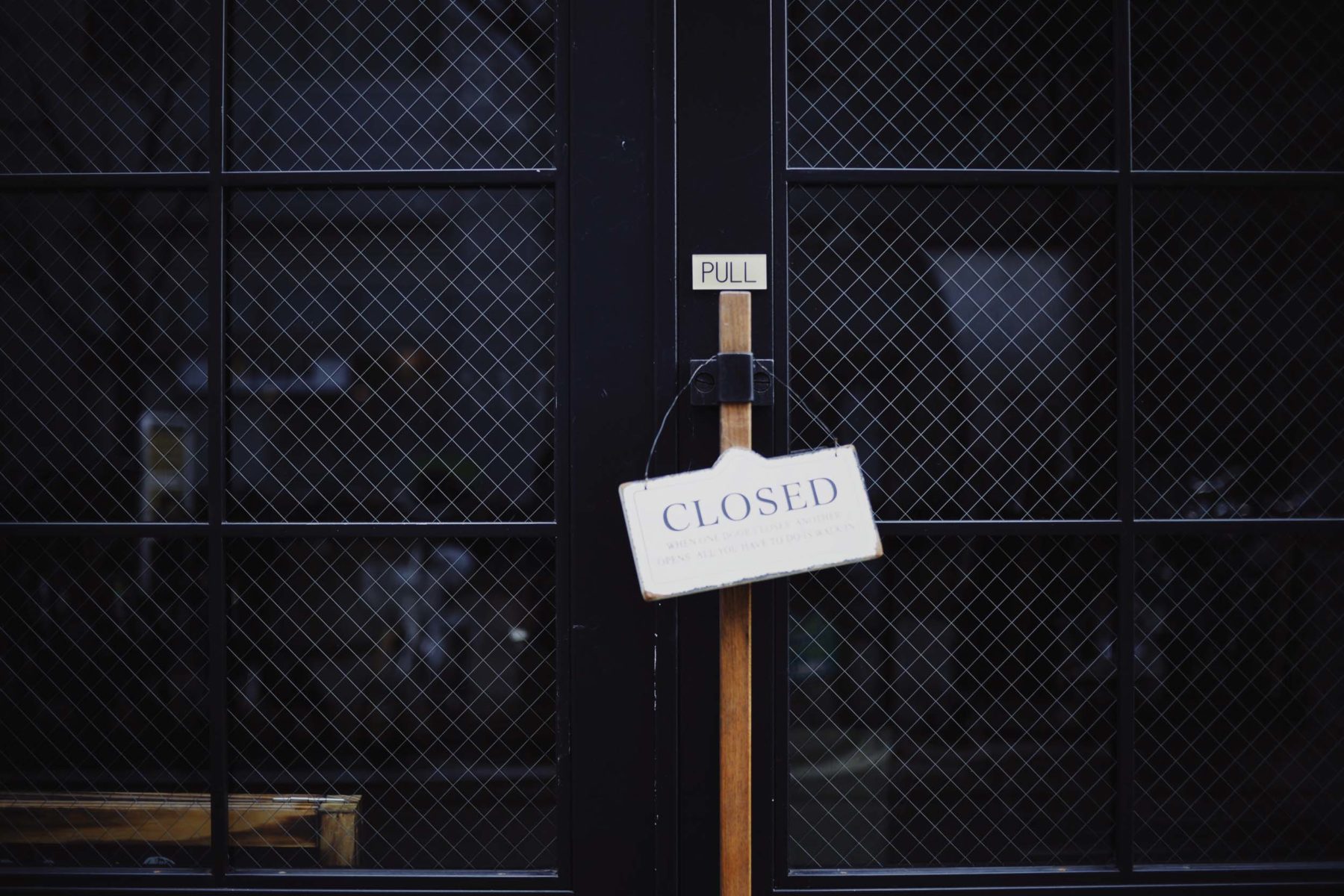The Cost of Growth

After living in Austin for even a short amount of time, just a drive down South Lamar or Guadalupe could make you suspect that certain spots around town are cursed. Buildings with some of the most prime placement in terms of accessibility and proximity to populated or frequented avenues will suddenly go vacant. Hip cafes turn into specialized restaurants that turn into dive bars that turn into vintage shoe stores. Each hot, new, trendy scene disappears just to be replaced by another, fresher shop or restaurant.
While Austin is constantly evolving to handle the growth it has each year, new or locally owned places just seem to be fleeting along the heavily trafficked areas of Austin. But it’s not some old curse — it’s usually the rent. Small businesses are no longer able to afford the spiked rent prices or costs of Central Austin locations, or they may wish to put that money to use elsewhere.
Greg Galindo, owner of Good Fight Fitness and a residential and commercial real estate agent for JB Goodwin, explains that the price per square foot to lease commercial space has risen dramatically over the last several years. Businesses are forced to reconsider size, location and the costs associated with opening or remaining in business.
“It’s definitely changed the landscape in Austin over recent years,” Galindo says, “as smaller businesses close their doors and the bigger, trendier, national brands started to move in.”
The small businesses of the fitness community are no exception to feeling this effect.
Galindo leases space from HEAT Bootcamp for his own personal training and Good Fight business usage. Spaces like these allow individual contractors/trainers to pay by month for an area to work in while still maintaining their brand identities. Galindo points out that there are several trainers and instructors that operate without a gym in a similar style to him to avoid the restrictions, and costs, of a brick and mortar.
“There are several pros and cons to not having my own studio,” Galindo says. “But at this point, I would only open one if an opportunity arose with the right price and the right space.”
Galindo also says it is challenging to find the perfect space for his business. The Good Fight Fitness mission is one that focuses on giving back to the community by partnering with nonprofits and donating a percentage of the profits back to the organization.
The pros of having the flexibility to collaborate at other venues or meet his personal training clients wherever they need is a great plus to not having a studio — plus, not having to spend any of the money on bills related to one. But one of the main challenges is the lack of structure and ability to be creative with the brand in a physical place.
Local boutique gyms and fitness businesses like this are some of the best parts of the Austin fitness community. Being a healthy city that also values locally owned businesses, the combination of the personalization and community in a workout class or gym translates well. Whether it’s focused on a specific group workout, technique or weight-training style, Austin has its fair share of specialized local studios.
That’s because studios often have to budget where their money goes. Rent, utilities and other expenses for creating quality experiences at the studios can take priority over excessive advertising.
Michael Bradford, the general manager of Fight Club Austin — located on Rio Grande, surrounded by college apartments and just a few blocks from The University of Texas campus — points out the differences in budgeting that takes place compared to larger fitness chains. Location is important for any business, but juggling accessibility, prices and competition is no simple matter for a gym.
Located at 23rd and Rio Grande next to a large parking garage that offers validation, the accessibility for the clients both from the university and downtown or Tarrytown areas was well thought-out. But tucked away in a little strip among food places, an eyeglass store and a nail salon, Bradford says most of their advertising is relying on word-of-mouth by its members.
“We work hard to endear ourselves to those coming from downtown and Hyde Park,” Bradford says. “So much so that they drive past a handful of franchises because of how much they value what we offer.”
According to Bradford, it works well for Fight Club Austin and similar studios around town. Although the scene seems largely dominated by name-brand fitness franchises, the quality of a workout doesn’t come down to the size of a budget.
“Simply put, we don’t have the budget to compete with the SoulCycles and the Orangetheorys of the world,” Bradford says, “They’re going to have better locations, better marketing and better brand awareness.”
But loyalty to locally run businesses over large national gyms — especially in Austin — makes a huge difference.
“I rely heavily on referrals, and I do my best to maintain a social media presence,” Galindo says. “All to ensure that Good Fight continues to thrive and grow.”
Fostering an open and welcoming environment and having excellent service is crucial to the success of these small fitness businesses. When spending money on traditional advertising isn’t an option, businesses turn to creating a reputation that sticks.
“While cultivating a community that’s second to none — from the staff that works here to the clients that keep coming back— we place the utmost importance on offering our clients the most bang for their buck,” Bradford says.
When a business succeeds in keeping its mission of benefitting the city’s health, people notice. The fitness community of Austin is tightly knit and supportive of one another, even with the city’s continued growth.
“As long as you’re running a genuine and client-focused fitness program that keeps the Austin vibe alive,” Galindo says, “there’s enough room for everyone to grow here.”






